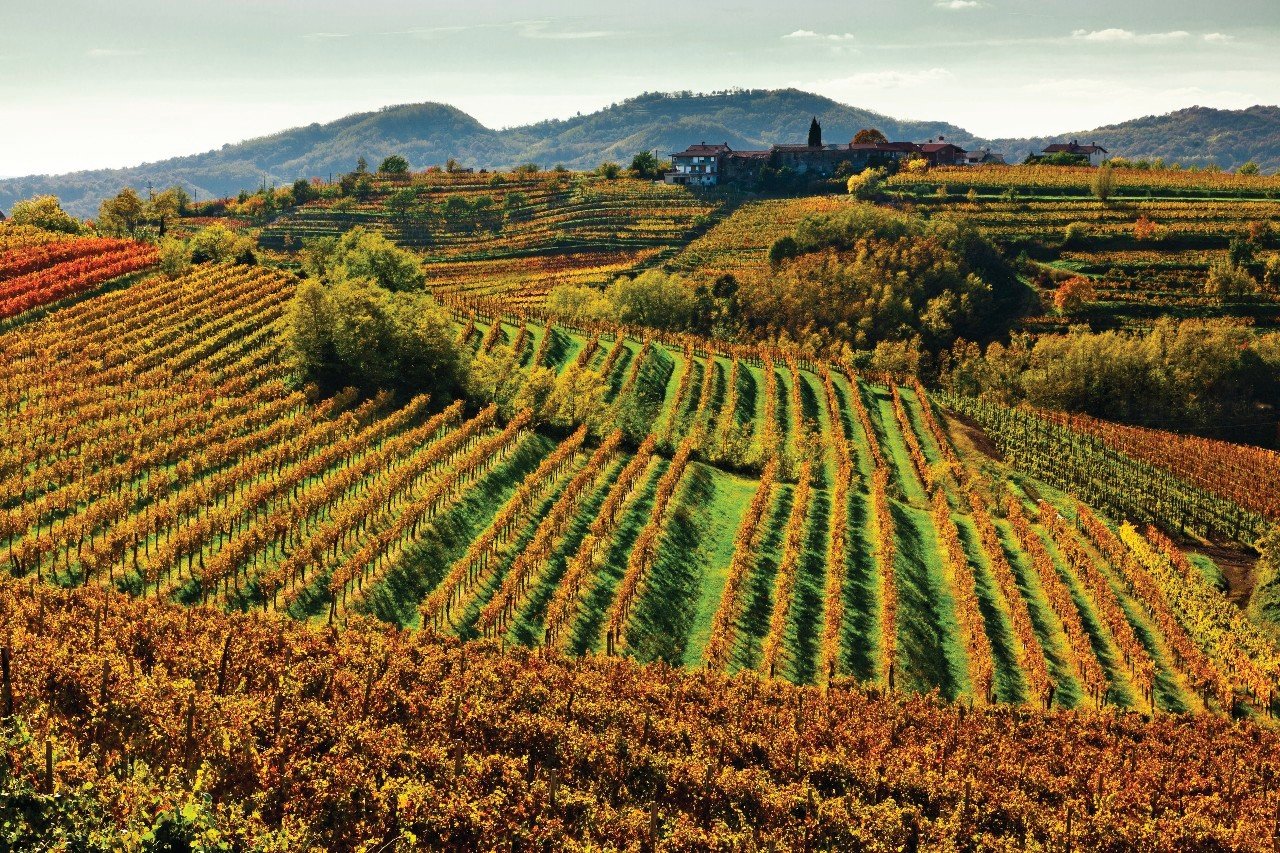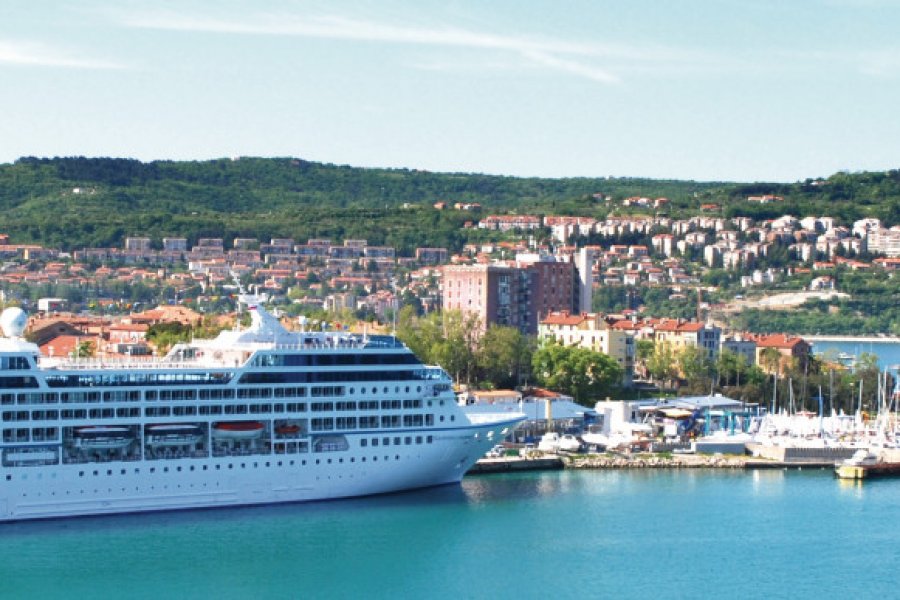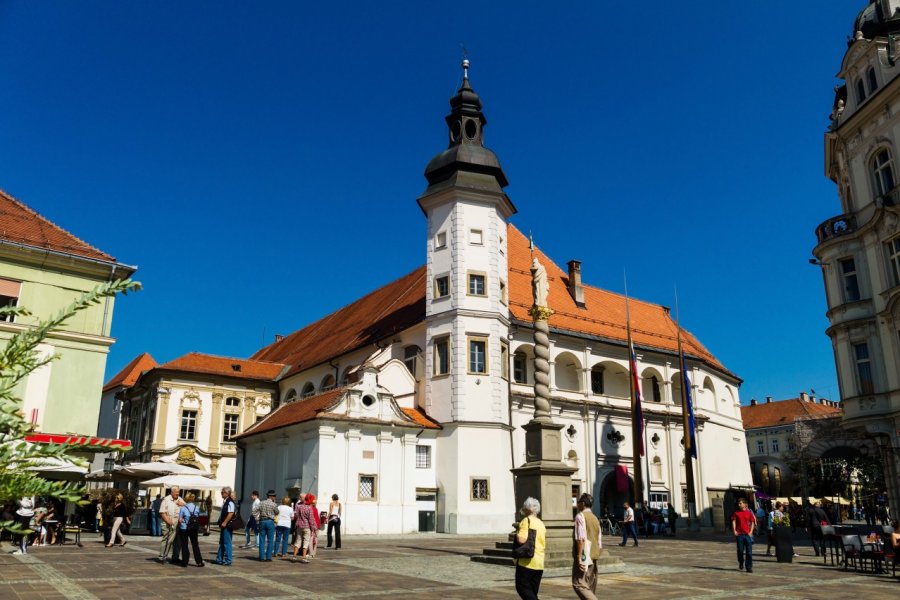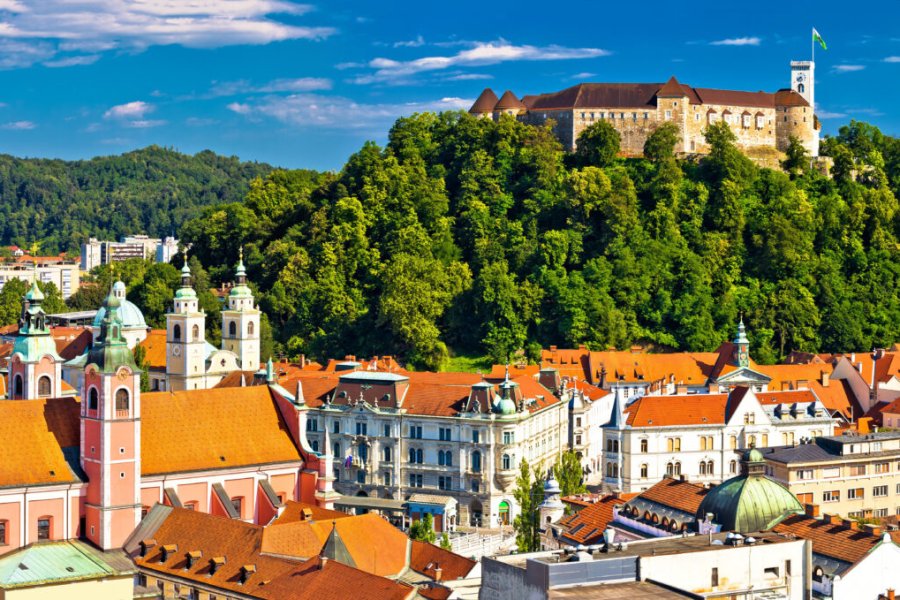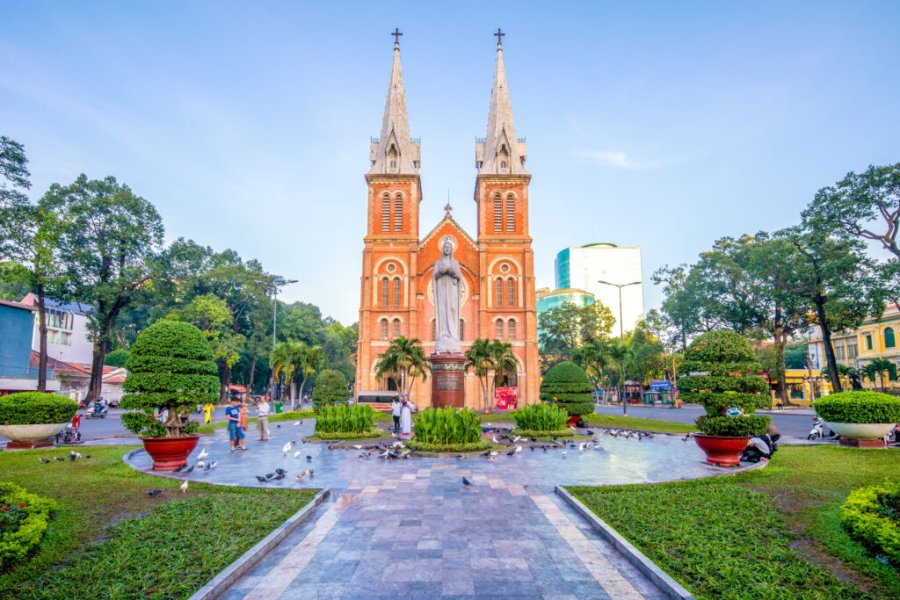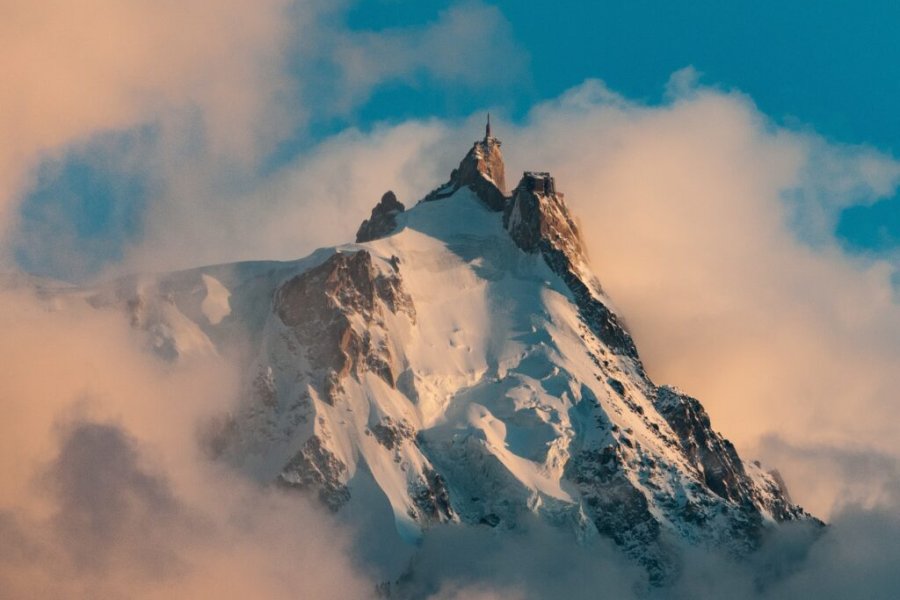Oenological pilgrimage to Slovenian soil
Highlights of the trip
During your stay you can enjoy the following highlights: Discovery, Relaxation / Well-being.
Best times to go
The best time(s) to go is/are : Printemps, Eté, Automne.
Where to stay in : Vipava ?
The map of your stay "Oenological pilgrimage to Slovenian soil"
Detail of the stay : Oenological pilgrimage to Slovenian soil
How to get there - Vipava
Primorska Region: Goriška Brda
From Italy, we enter the fertile wine region of Primorska, renowned for its dry and powerful wines. Goriška Brda is a natural first step in that there is the largest cellar in Slovenia, in Brda, bringing together family productions in the city. The white are rebula, chardonnay and sauvignon; the red, merlot and cabernet sauvignon. Night hostel above the cellar, in the famous Morel-Kabaj house.
Primorska Region: Vipava Valley
Steps: Vipava
Before leaving Goriška Brda, the Movia estate at the winery Aleš Kristan, to taste some of the delicacies of one of the most famous wine professionals in Slovenia. Then direction Vipava and its vinothèque concentrating the production of the 170 winemakers in the valley. Local grape varieties such as zelen, klarnica or pinela will be discovered.
Primorska Region: Karst

Directorate Sečana to meet one of Slovenia's most singular wines: the teran. Cultivated only in the Karst region and its red soil, the potent teran comes from refošk grape and shows high anthocyane concentration. The tasting takes place under the vaults of Vinakras cellar, dating back to 1861, which also offers the teranton, an ancient wine, and the sparkling Karst.
Primorska Region: Slovenian Istria
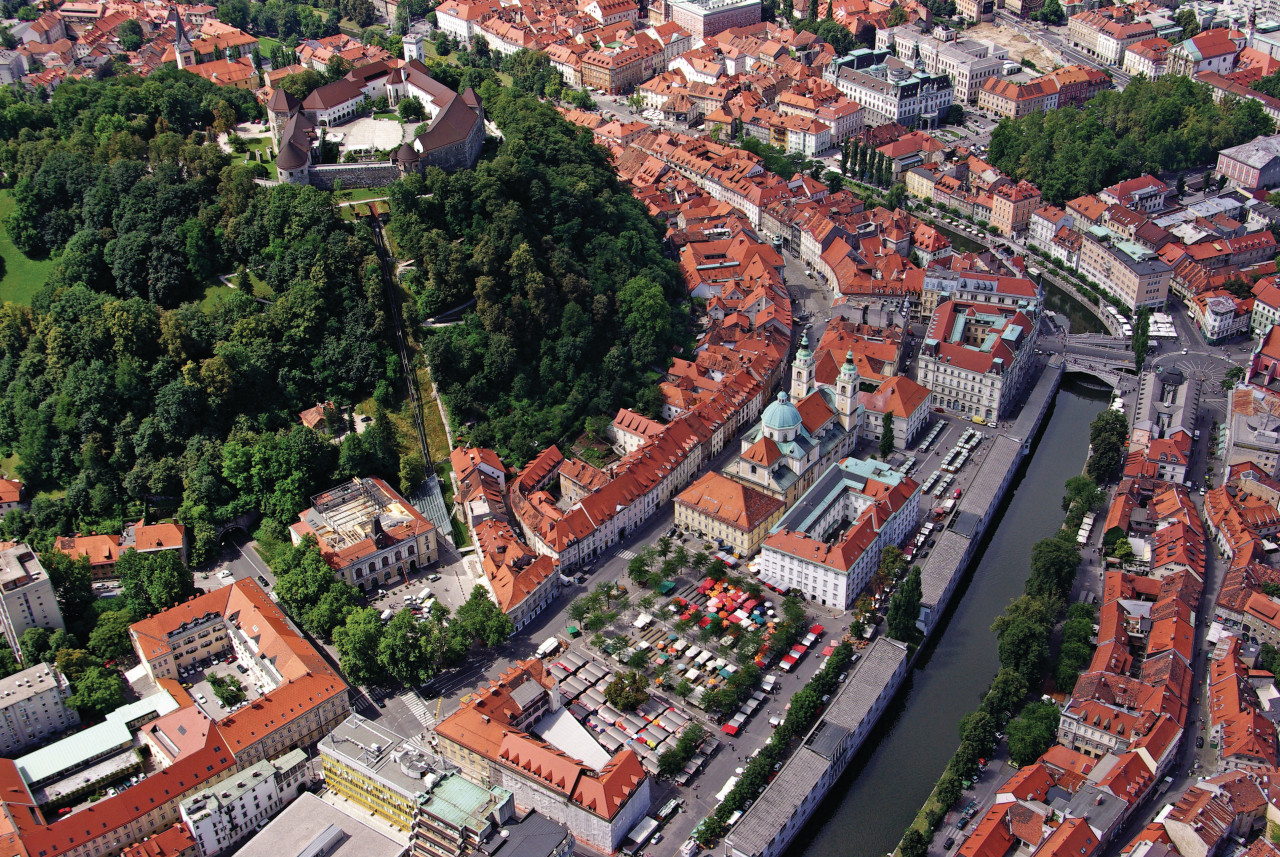
Steps: Koper
By joining Koper and the Slovenian coastline, we will have the opportunity to visit the Maison du Refošk, administered by the Vina Koper wine cellar (in charge of wine making of Istria wines), renowned for its Malvazija wine wine, but also for its red refošk red. On your way you will cross a huge wooden barrel of more than 400 hectolitres!
Ljubljana
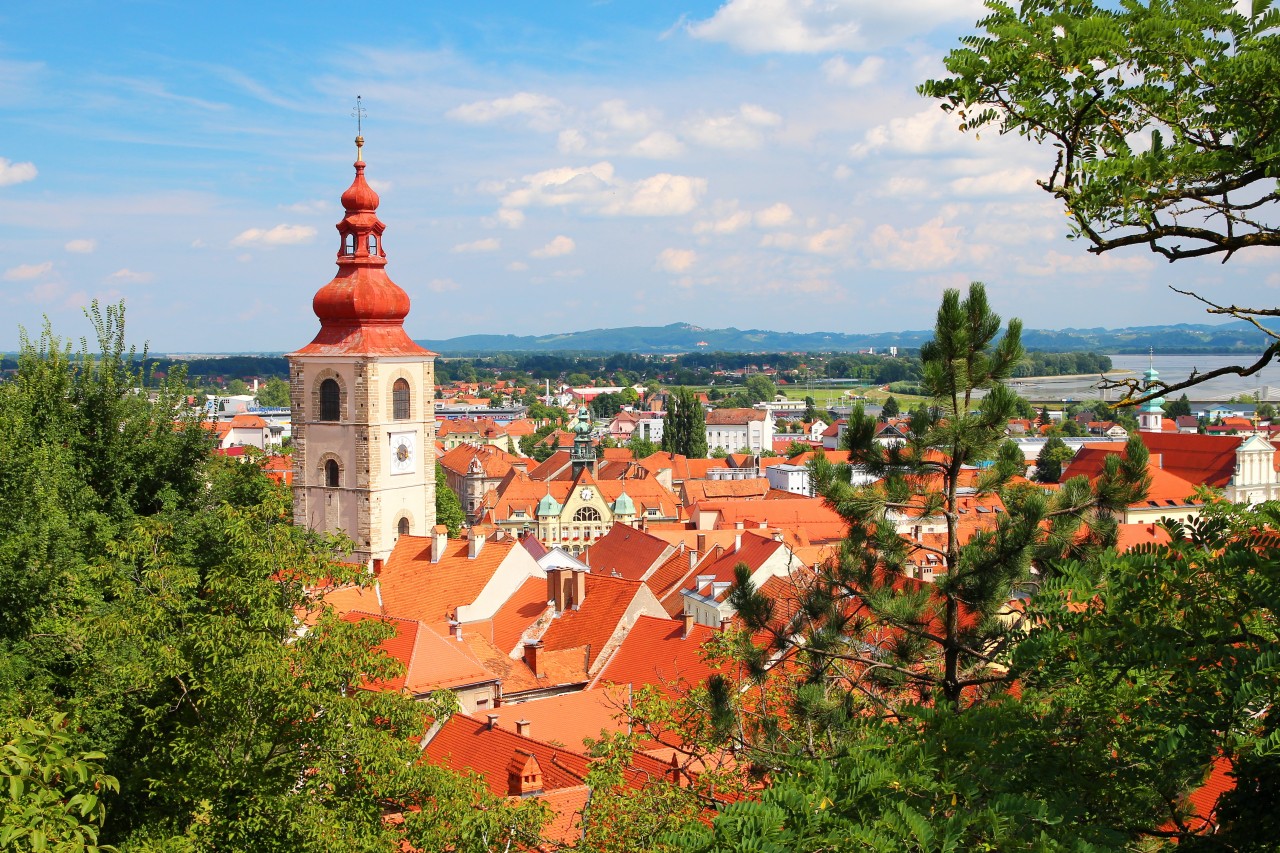
Steps: Ljubljana
Of course, Ljubljana and its region are not a vinifère area, but the capital houses an impressive number of excellent vinothèques and good addresses to combine the pleasures of the table and wine tasting. In addition to this is a pretty panel of events around the wine the year, like the Ljubljana Wine Route and the very old Vino Ljubljana international Lounge.
Podravje Region: Ptuj
Steps: Ptuj
In the eastern part of the country is the prestigious wine-growing region of Podravje, world renowned for its fine white wines. A stopover in the country's oldest cellar in Ptuj is a good introduction to the Slovenian wine history. After a enliven tour of sound and light shows, we will obtain very good wines from welschriesling, šipon, riesling and chardonnay varieties.
Podravje Region: Gornja Radgona

Gornja Radgona, located along the Austrian border, will be visiting to learn more about the origins of Slovenia's first effervescent wine. The visit of the Radgonske Gorice cellar is an unavoidable step, as is the house of the sparkling wine house. There is also an entrance in the middle of the vineyards on the small tourist train.
Podravje Region: Maribor
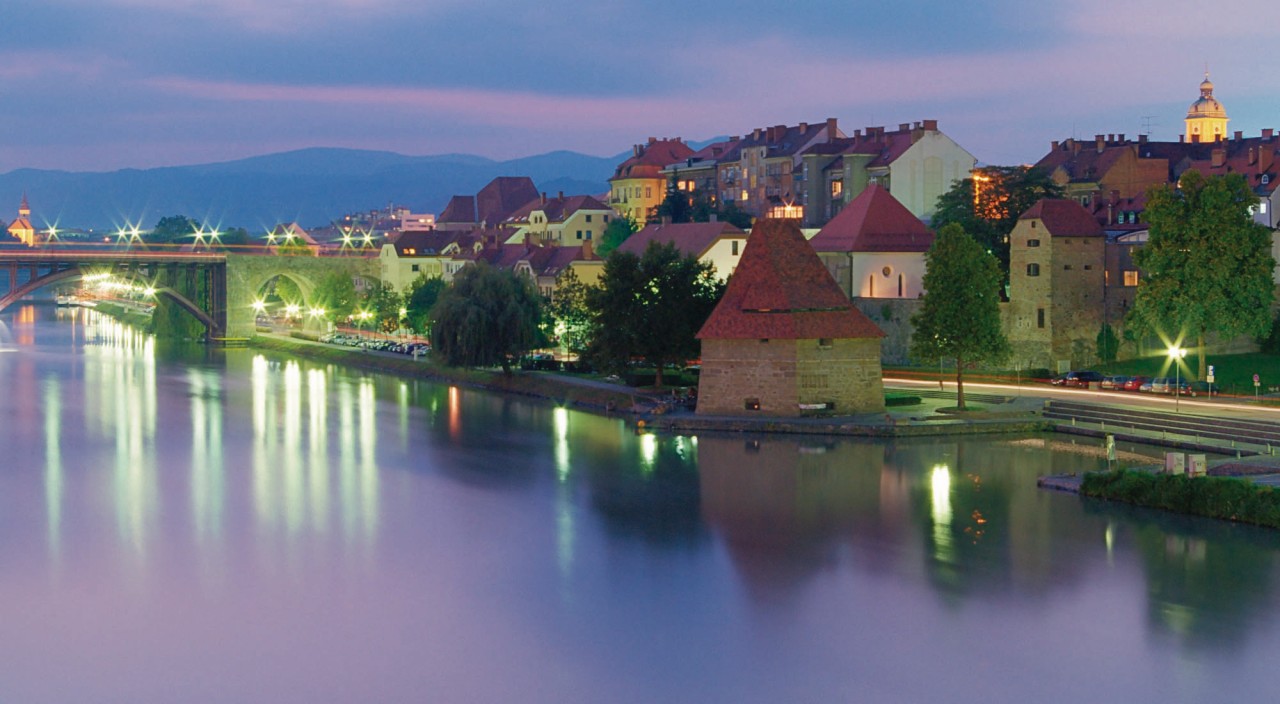
Steps: Maribor
Go to Maribor, the second Slovenian city, also known to host the oldest vine in the world - over 400 years of good and loyal services! - continuing to give wine. In addition to this stunning tourist attraction, Maribor is home to the Vinag cellar which deploys more than 2.5 km of galleries under the streets of the city. Visit and tasting recommended!
Places of interest : CAVES VINAG 1847
Podravje Region: Jarenina
Steps: Maribor
30 minutes north of Maribor is the manor of Dveri Pax, in the small town of Jarenina, famous for its splendid vaulted cellar that was once that of a monastery. Here is a perfect opportunity to experience a tasting of excellent wines harvested by hand, but also to taste some dry white, mature or late harvest.
Posavje Region: Krško
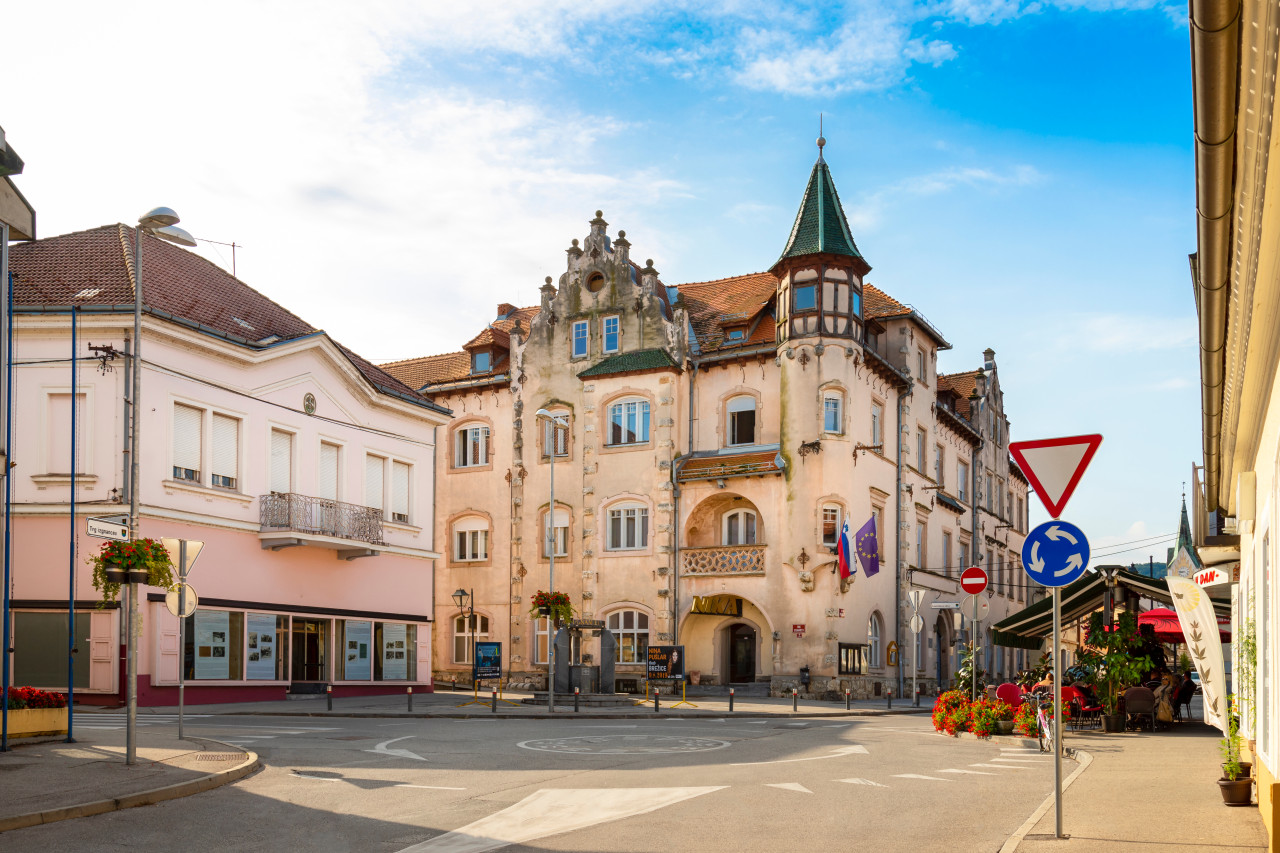
The third Slovenian wine region, the Posavje, stretching in the southeastern part of the country along the Sava River is considered to be the traditional Slovenian wine: cviek, mixture of red and white wine, low in alcohol and deemed good for health. To familiarize yourself with this particularity and with the history of the Dolenjska area, we will make a stopover at Krško Castle and in its beautiful cellar.
Posavje Region: Brežice
Steps: Brežice
Not far from the Croatian border, there is the charming town of Brežice, which has the advantage of sheltering a magnificent, busy vinothèque, a step away from the vast potential of Posavje wines. It is also a perfect starting point for planning guided tours and wine routes across south-eastern Slovenia.
